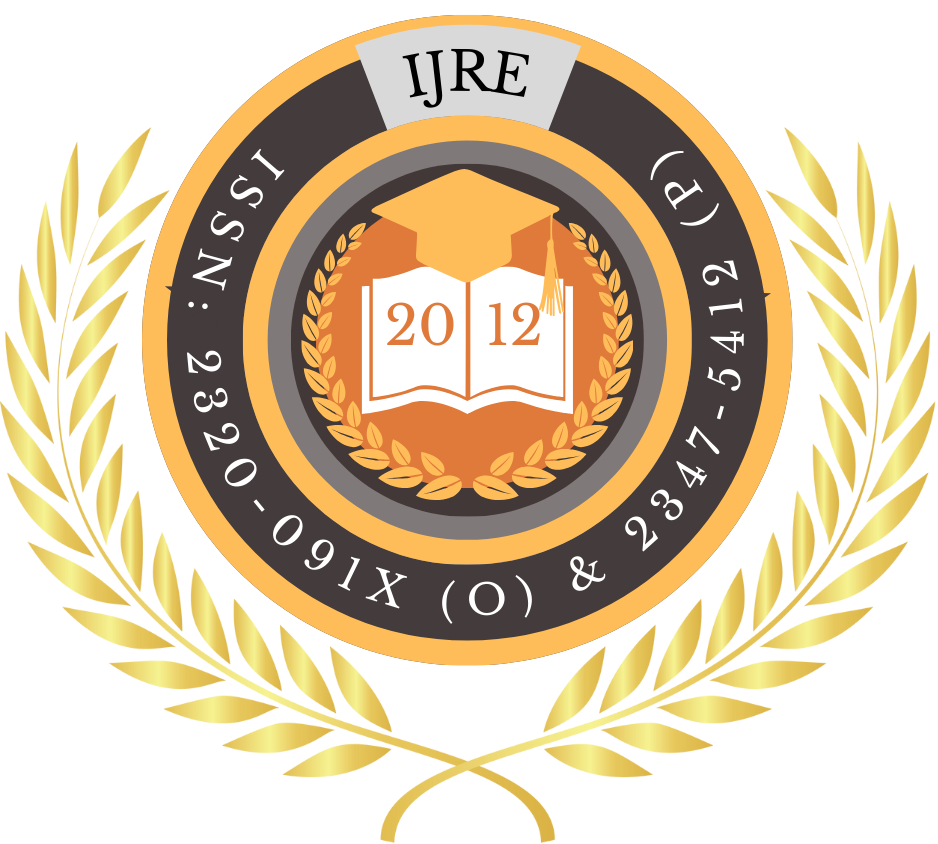![]()
Certificate: View Certificate
Published Paper PDF: View PDF
DOI: https://doi.org/10.63345/ijre.v14.i10.1
Dr Rambabu Kalathoti
Computer Science and Engineering
Koneru Lakshmaiah Education Foundation
Andhra Pradesh, India
Abstract
This manuscript explores the design, implementation, and evaluation of data-driven learning outcome mapping within digital education systems. By leveraging analytics and visualization techniques, educators can align curriculum content, instructional strategies, and assessment methods with predefined learning outcomes. Our proposed framework integrates an outcome ontology, automated artifact tagging, a weighted mastery scoring algorithm, and an interactive dashboard, all embedded within an open-source learning management system. We conducted a mixed-methods study with 350 undergraduate students enrolled in a semester-long “Data Structures” course, and 12 instructors (5 faculty and 7 teaching assistants). Quantitative analyses assessed mapping accuracy (Cohen’s κ), predictive validity (Pearson’s r), and system usage metrics; qualitative interviews examined instructor perceptions of transparency, usability, and instructional adaptation. Results show substantial mapping reliability (κ = 0.78), significant correlations between mapped mastery and final exam performance (r up to 0.62, p < .001), and a 12% reduction in quiz drop-outs owing to early interventions. Instructors reported enhanced clarity in alignment, more targeted pedagogy, and data-informed curriculum adjustments. Student behavior analytics revealed increased peer collaboration among those below mastery thresholds. The contributions include (1) a reusable ontology for computer science learning outcomes, (2) a scalable tagging and mapping pipeline, and (3) evidence of pedagogical impact in real-world settings. We discuss technical, pedagogical, and organizational implications, outline challenges in cross-domain generalization, and propose directions for integrating adaptive learning paths and automated tag refinement to further close the loop between data and instruction.
Keywords
Data-Driven Mapping, Learning Outcomes, Digital Education, Analytics, Curriculum Alignment
References
- Biggs, J., & Tang, C. (2011). Teaching for quality learning at university: What the student does (4th ed.). McGraw-Hill Education.
- Khalil, M., & Ebner, M. (2015). How satisfied are you with your MOOC?–A review of the literature on MOOC satisfaction. International Journal of Emerging Technologies in Learning, 10(1), 20–27.
- Khalil, M., & Ebner, M. (2016). Clustering patterns of engagement in massive open online courses, E-Learning and Digital Media, 13(3–4), 127–144.
- Siemens, G., & Long, P. (2011). Penetrating the fog: Analytics in learning and education. EDUCAUSE Review, 46(5), 30–40.
- Arnold, K. E., & Pistilli, M. D. (2012). Course signals at Purdue: Using learning analytics to increase student success. Proceedings of the 2nd International Conference on Learning Analytics and Knowledge, 267–270.
- Tempelaar, D. T., Rienties, B., & Giesbers, B. (2015). In search for the most informative data for feedback generation: Learning analytics in a data-rich context. Computers in Human Behavior, 47, 157–167.
- Verbert, K., Duval, E., Klerkx, J., Govaerts, S., & Santos, J. L. (2013). Learning analytics dashboard applications. American Behavioral Scientist, 57(10), 1500–1509.
- Wang, X., Hauff, C., & Houben, G.-J. (2018). Using learning analytics to predict (with accuracy) students at risk of failure at the course level. Journal of Learning Analytics, 5(3), 40–58.
- Yudelson, M., Koedinger, K., & Gordon, G. (2013). Individualized Bayesian knowledge tracing models. Proceedings of the 6th International Conference on Educational Data Mining, 171–178.
- Baker, R. S., & Siemens, G. (2014). Educational data mining and learning analytics (Vol. 12). Springer.
- Ifenthaler, D., & Yau, J. Y.-K. (2020). Utilising learning analytics for study success: Reflections on current empirical findings. Research and Practice in Technology Enhanced Learning, 15(1), 11.
- Dawson, S., & Lucker, D. (2018). Learning analytics to reveal student engagement: A multi-level approach. Australasian Journal of Educational Technology, 34(1), 26–34.
- Duval, E. (2011). Attention please! Learning analytics for visualization and recommendation. Proceedings of the 1st International Conference on Learning Analytics and Knowledge, 9–17.
- Papamitsiou, Z., & Economides, A. A. (2014). Learning analytics and educational data mining in practice: A systematic literature review of empirical evidence. Educational Technology & Society, 17(4), 49–64.
- Gasevic, D., Dawson, S., Rogers, T., & Gasevic, D. (2016). Learning analytics should not promote one size fits all: The effects of instructional conditions in predicting academic success. Journal of Learning Analytics, 3(1), 153–175.
- Lockyer, L., Heathcote, E., & Dawson, S. (2013). Informing pedagogical action: Aligning learning analytics with learning design. American Behavioral Scientist, 57(10), 1439–1459.
- Chatti, M. A., Dyckhoff, A. L., Schroeder, U., & Thüs, H. (2012). A reference model for learning analytics. International Journal of Technology Enhanced Learning, 4(5–6), 318–331.
- Mazza, R., & Dimitrova, V. (2007). Visualizing student tracking data to support instructors in web-based distance courses. Proceedings of the 7th IEEE International Conference on Advanced Learning Technologies, 223–227.
- Rosé, C. P., Ferschke, O., & Kohlmann, W. (2015). Data-driven approaches to understanding collaborative learning. Journal of Learning Analytics, 2(1), 1–9.
- Johnson, L., Becker, S., Cummins, M., & Estrada, V. (2014). Technology outlook for STEM+ education 2013–2018: An NMC Horizon Project Sector Analysis. The New Media Consortium.
